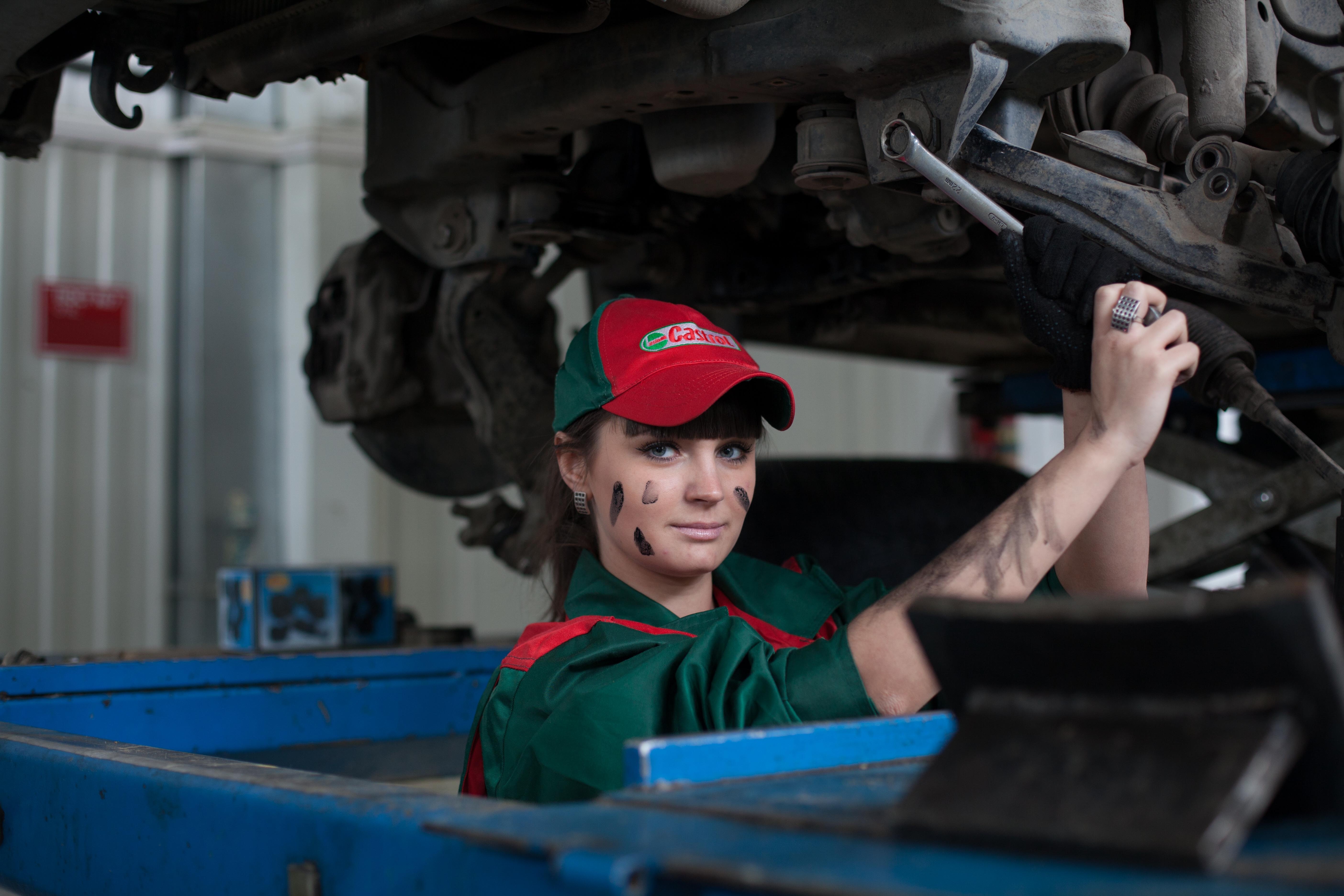Originally published in Industry Week
By Daron Gifford
First, Tesla surpassed General Motors and Ford Motor Co. in market cap. Then Ford announced cutting 10% of its salaried workers before firing CEO Mark Fields.
Does anyone doubt change is sweeping the auto industry? The moves at Ford highlight two competing pressures: to increase stock prices while investing in technology to up the ante on autonomous and electric vehicles.
But this pressure presents opportunities for auto suppliers as well. To take advantage, they must rethink their traditional passive relationship with manufacturers and grab a bigger role in charting a future for the industry, through partnerships with new customer types.
Parts makers, a once relatively stable business, will need to be increasingly nimble as the car companies and technology giants wrestle over the automobiles and trucks of the future. Will they run on electric batteries or hydrocarbons, or both? Will these vehicles still have drivers or be autonomous, or both? Will they have one owner or be shared?
Put another way: If you’re going to make interiors for Volvos, you should be talking with Uber about increasing surface durability because its cars might have more passengers riding more hours a day. Or, if you’re going to make bumpers for Lexus, maybe you should be planning new designs or materials with Apple or Google, perhaps ones with special bumper sensors. Should video cameras be inside as well as outside of vehicles?
Suppliers need to start thinking about interiors as UX (user experience) and bumper sensors as UI (user interface).
Indeed, this brave new world is an opportunity to look at the marketplace of the 21st century and bet on whom your customers will be and what kind of customization you can create for them.
It’s a chance to be active rather than passive in pursuing carmakers’ needs, particularly when it comes to uses of technology.
Use this opportunity to ally yourselves and network with tech companies in addition to traditional automobile manufacturers.
Remember: tech companies don’t have much experience with the car industry, and the car industry doesn’t have much experience with the high-tech world. You’ll have to master both languages and translate, so to speak.
Unfortunately, that kind of communication isn’t happening en masse yet. Traditionally, suppliers have simply accepted whatever the OEMs have provided.
But, believe me, within 10 years, that passive response business model is going to look as lonely and flattened as the old Buick City complex in Flint.
Just this week, BMW and Intel, which have already teamed up to build a self-driving car by 2021, announced they would join forces with parts supplier Delphi, now a leader in data analysis and electrical architecture, in a non-exclusive arrangement to develop automotive technology, such as perception components and sensor fusion.
This deal came after Delphi said recently that it would split into two companies—one for self-driving cars and electrical systems, and the other for powertrains. Intel, incidentally, has announced plans recently to buy Mobileye, a self-driving car technology firm. Other cross-pollination includes Mercedes-Benz and parts supplier Bosch; General Motors and Uber competitor Lyft; and Google’s autonomous car project, Waymo, and Lyft.
Yes, the speed limit on change in the automotive industry has been lifted. And as the traffic increases, it’s time for parts suppliers to get behind the steering wheel and start driving some of the changes.
Daron Gifford is the automotive consulting leader at the accounting and consultancy firm, Plante Moran, in Detroit.

